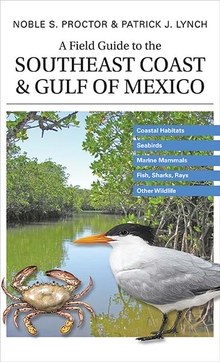Seasons of Life
WARNING
You are viewing an older version of the Yalebooks website. Please visit out new website with more updated information and a better user experience: https://www.yalebooks.com
The Biological Rhythms That Enable Living Things to Thrive and Survive
Russell G. Foster and Leon Kreitzman
How do plants and animals “know” that the seasons will change? How do seasonal changes affect humans? What happens when the timing of seasonal events is altered?
Just as daily events are timed by living creatures through circadian rhythms, so seasonal events are timed through an internal calendar that signals birds to return to nesting grounds, salmon to spawn, plants to flower, squirrels to hibernate, kelp to stop growing.
In this fascinating book, Russell G. Foster and Leon Kreitzman draw on remarkable recent scientific advances to explain how seasonal change affects organisms, and how plants and animals over countless generations have evolved exquisite sensitivities and adaptations to the seasons. The authors also highlight the impact of seasonal change on human health and well-being. They conclude with a discussion of the dangers posed when climate changes disrupt the seasonal rhythms on which so much life depends.
Surprising facts from Seasons of Life:
–The timing of human birth has a small but significant effect on various later life attributes, such as handedness and the susceptibility to many illnesses, including multiple sclerosis and schizophrenia.
–Plants have the ability to measure the length of a period of light, and they germinate, flower, and successfully reproduce by using this information.
–Birds migrate not in response to weather changes but by using an internal calendar.
–Until recently, human birth was tightly coupled to the seasons, peaking in many societies in the spring.
–Just as internal 24-hour circadian clocks predict daily change, many animals have a circannual clock in their brains that predicts the seasons.
Publication Date: November 30, 2010
40 b/w illus.










